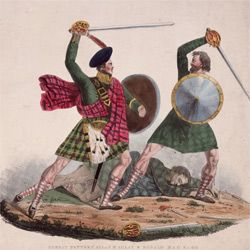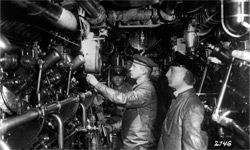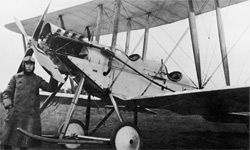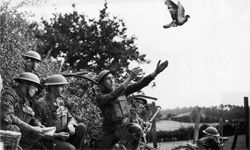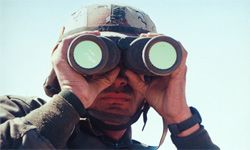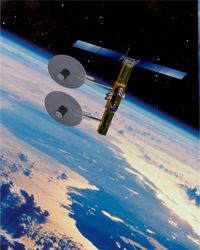Key Takeaways
- Advancements like smartphones, CRISPR gene editing and renewable energy technologies have transformed various industries and aspects of daily life.
- Each innovation has revolutionized its respective field, shaping the way we live, work and interact with the world around us.
The goal of war is simple: to win. But searching for a way to win has kept many a general pacing and nail-biting at night. Winning requires an advantage in attacking cities or wiping out troops; defending cities or preserving troops; finding targets or learning the enemy's plans; or moving over air, land or sea. Since humanity has decided not to settle scores through arm wrestling matches, winning has required technology.
With the help of two military historians, Dr. Alex Roland from Duke University and Dr. Wayne Lee from University of North Carolina at Chapel Hill, we compiled a list of 10 technologies that changed war and the course of history.
Advertisement
Our list will take you chronologically through four millennia, covering some weapons so powerful that they brought down empires, as well as some so terrible that no one wants to use them. So, history buffs, can you guess what made the list?
We'll start with the weapon Egyptian pharaohs prized so much that they clad it in gold.
